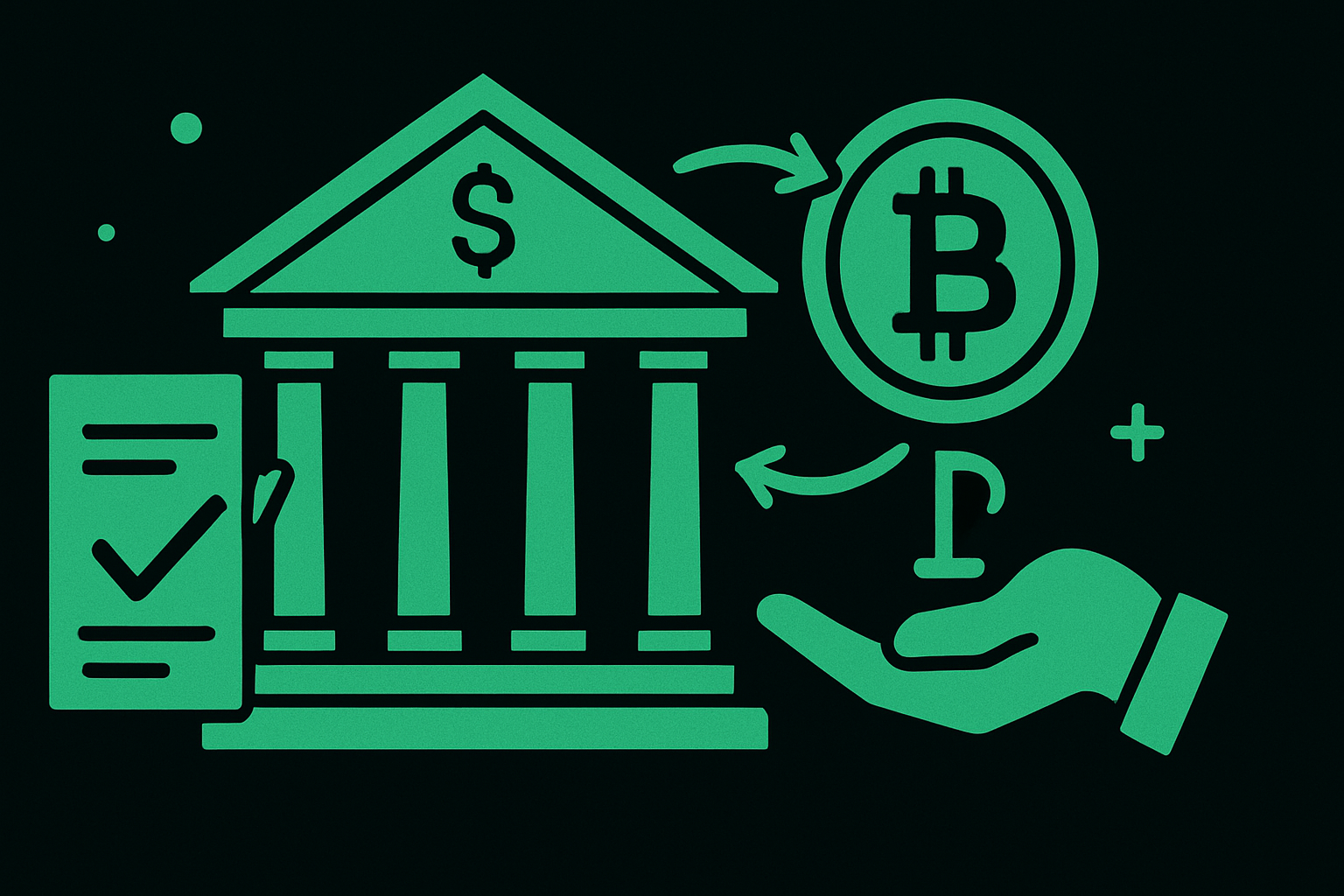ARTICLE AD BOX

- The Republican tax bill proposes $4 trillion in tax cuts and may add $2.5 trillion to the national deficit.
- Bitcoin, gold, and stocks could rise as investors respond to loose fiscal policy and higher debt.
Republicans in the U.S. House of Representatives have proposed a sweeping tax-cut bill projected to add $2.5 trillion to the national deficit. The committee in charge of taxes put forward a bill that would cut taxes by $4 trillion, with $1.5 trillion in spending cuts to balance it. The bill also increases the national debt ceiling by $4 trillion.
Spencer Hakimian, founder of Tolou Capital Management, warned that the deficit increase will heavily impact bond markets. According to Hakimian, the U.S. government will need to issue significantly more debt, putting downward pressure on bond prices and returns. He described the situation as “terrible” for bonds.

 House tax proposal is out.
House tax proposal is out.
$4T in Tax Cuts
$1.5T in Spending Cuts
Another $2.5T added to the deficit.
Amazing for Stocks, Gold, and Bitcoin.
Terrible for Bonds.
Same old story as always. pic.twitter.com/uQMaLrkGCN
— Spencer Hakimian (@SpencerHakimian) May 12, 2025
Other asset classes are expected to benefit despite the strain on fixed-income markets. Hakimian believes the bill’s loose fiscal policy will drive increased interest in inflation hedges such as Bitcoin and gold. He also noted that U.S. stocks could rally as a result of the stimulus-like effect of widespread tax cuts.
Major Cuts Paired With Healthcare and Education Changes
The bill includes proposals for tax breaks aimed at multiple groups: tipped workers, those earning overtime pay, private school families, seniors, and residents in states with high local taxes. The legislation also makes permanent the Trump-era tax cuts originally set to expire this year.
To partially offset revenue losses, Republicans propose $912 billion in spending cuts over the next decade. A large portion would come from Medicaid, the health program currently serving 71 million low-income Americans. Tighter benefit rules are expected to reduce program costs but could spark a political backlash.
In addition to Medicaid changes, the bill introduces new restrictions on university endowments. The proposed tax hike on certain endowments appears to target elite institutions, a long-time focus of former President Donald Trump.
Debt Surges to $36.2 Trillion as Fiscal Risks Mount
The proposed package lands as the national debt stands at $36.2 trillion, roughly 127% of U.S. GDP. While a detailed cost estimate of the current bill hasn’t been released, previous versions suggested a $4.9 trillion price tag. Given the scope of tax breaks in the new proposal, the final cost could exceed earlier projections.
Raising the debt ceiling by $4 trillion signals an acknowledgment of the revenue shortfall expected from the tax reforms. Analysts argue the government’s increased borrowing capacity may spur additional fiscal expansion, amplifying its effects on financial markets.
The anticipated rise in Treasury issuance is expected to hit bond markets hardest. Yields may climb as investors demand higher returns, but the long-term value of existing bonds could drop under pressure. Meanwhile, Bitcoin and gold are expected to benefit from the weakening fiscal outlook. Investors often turn to these assets during periods of elevated debt and inflation risks. Stocks may also see inflows as consumers gain more disposable income from the tax cuts.
Hakimian emphasized the shift in capital flows: “When deficits explode under the loose policy, hard assets and risk assets often outperform. We’re likely seeing that cycle starting again.”
.png)
 3 hours ago
1
3 hours ago
1








 English (US)
English (US)